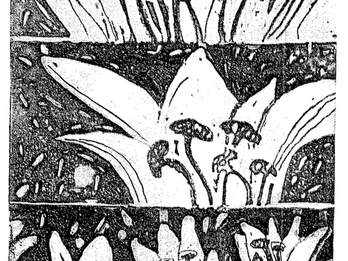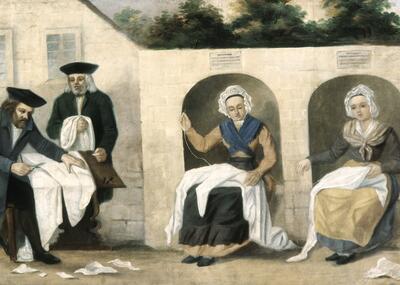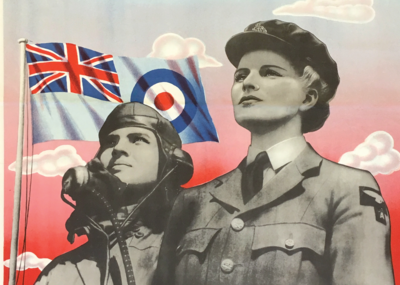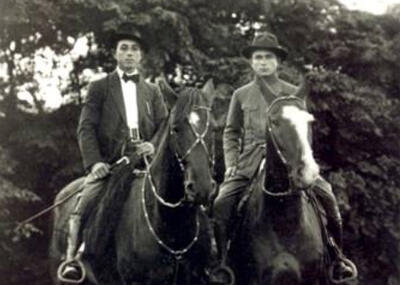Passover across Jewish Time and Space
Passover is the most celebrated holiday for American Jews. Yet, few appreciate the historical evolution and diversity of its key themes and messages.
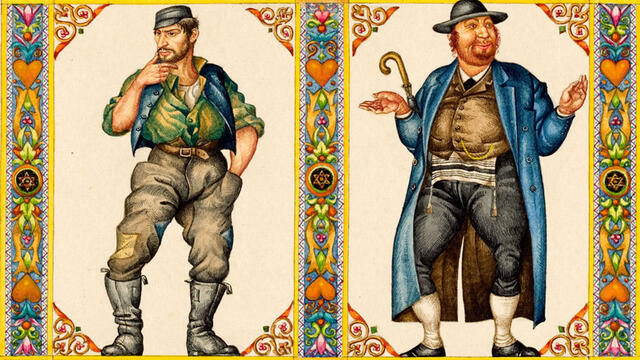
Curated by Deborah Dash Moore and Noam Pianko
Exile and Homecoming: The Enduring Impact of the Exodus Narrative
The Exodus narrative following the Israelites’ journey from slavery to freedom and exile to homecoming has shaped Western culture, politics, and religion. Starting with the biblical source itself, these examples illustrate how the biblical themes serve for Jews and non-Jews alike as a primary lens for interpreting everything from personal journeys to national liberation movements.
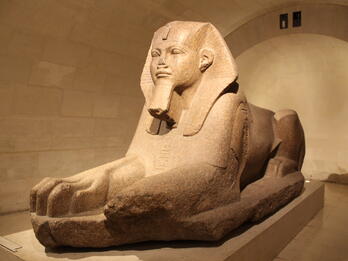
Oppression and Exodus
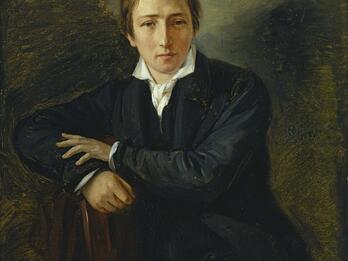
A Seder Night
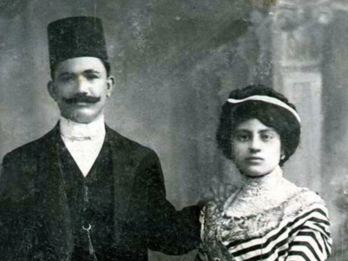
Out of Egypt
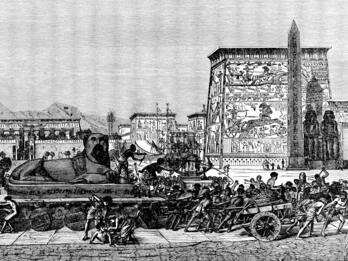
Exodus and Revolution
One Little Goat
A beloved song at the end of the Passover Seder ritual has inspired many artistic illustrations that comment on the relationship between themes of Passover and contemporary events. These powerful twentieth-century depictions reveal the enduring relevance, and changing interpretations, of the Passover story.
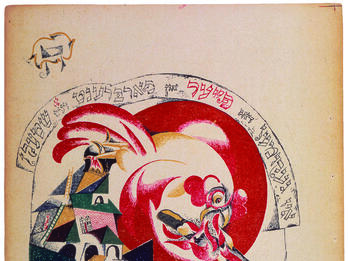
The Fire Came and Burnt the Stick
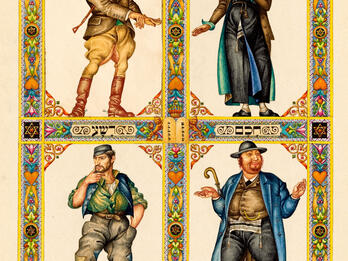
The Four Sons
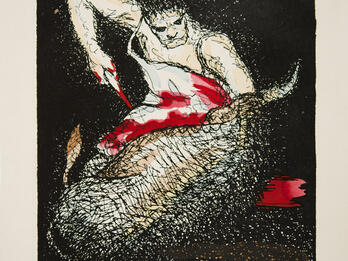
The Shohet (from “Had Gadya”)
Grappling with Passover’s Message during the Civil War
Today, the popular Passover story of Jewish freedom from slavery underscores a fundamental belief among many American Jews that there is a Jewish moral commitment to fight for justice and equity. Yet, the connection between overcoming the oppression of the ancient Israelites and fighting for the rights of other enslaved people was a central topic of debate during the American Civil War. We see the very different ways Jews have read and interpreted the moral lessons from the Passover story in these texts.
The Bible View of Slavery
Response to “A Bible View of Slavery”
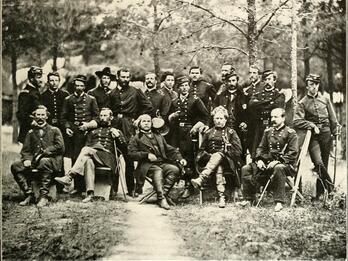
A Union Soldier’s Passover
Passover, Feminism, and Religious Innovation
The Exodus story and Passover rituals have provided many opportunities for challenging traditionally gendered narratives and ritual practices of the Jewish past. Passover’s central place in the Jewish calendar and collective memory makes it an important site for innovations that reflect changing norms about gender and sexuality. These examples extend back to the early nineteenth century and illuminate efforts to raise the visibility of women and women’s experiences in Judaism.
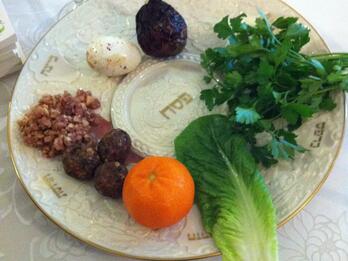
The Definitive Orange on the Seder Plate Story

Miriam HaNeviah
Miriam’s Song
Haggadot From Around the World
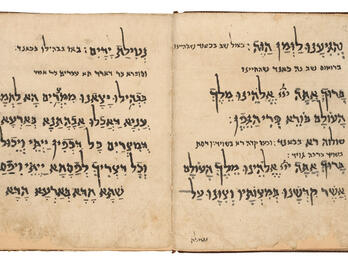
Judeo-Persian Haggadah (Kaifeng)
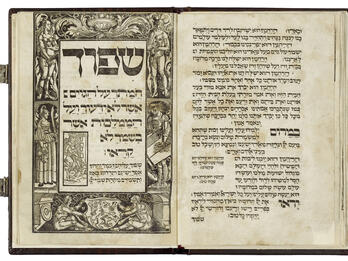
Haggadah (Prague)
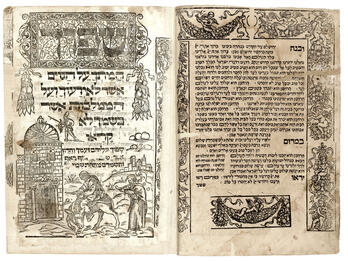
Haggadah (Mantua)
